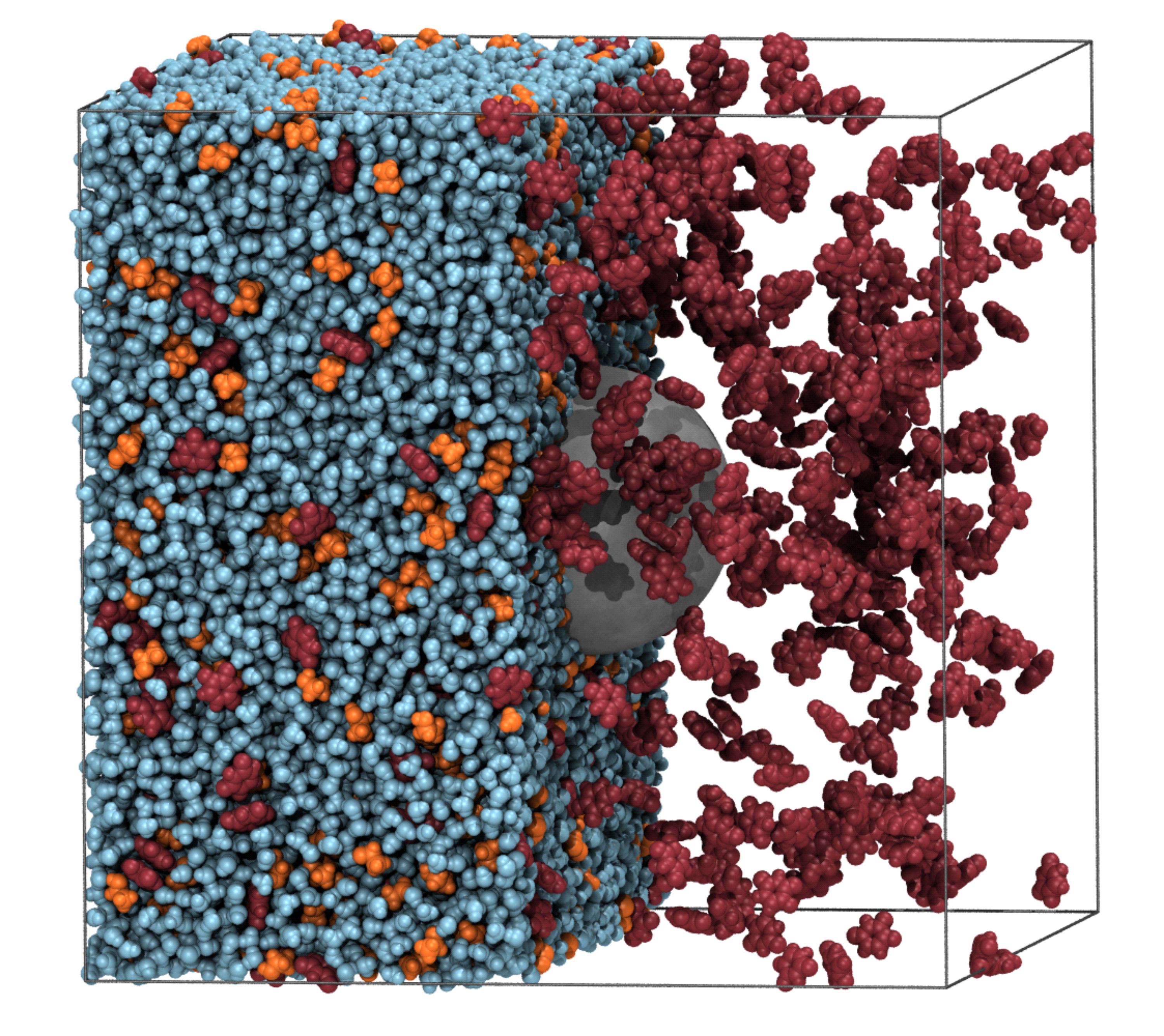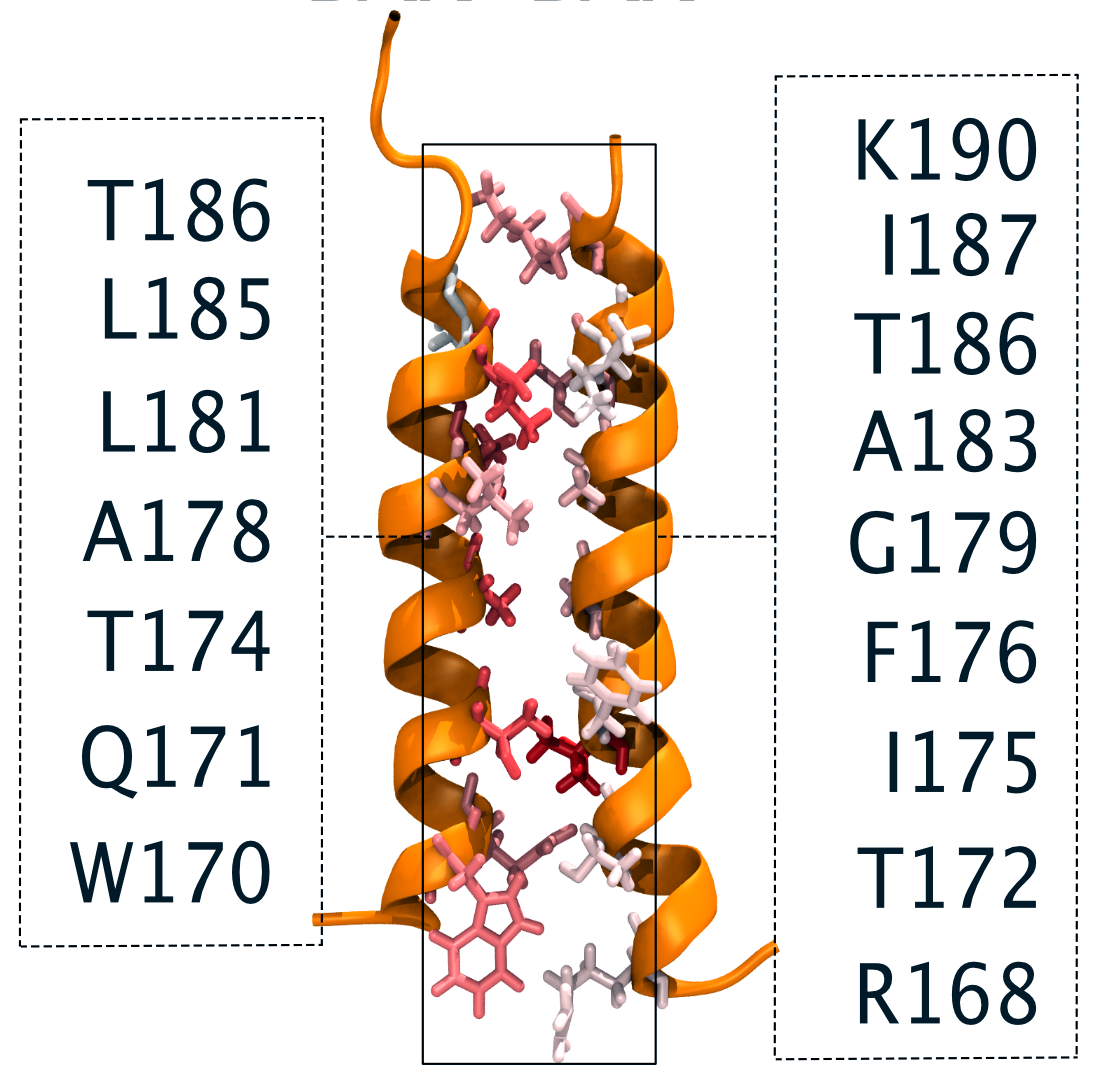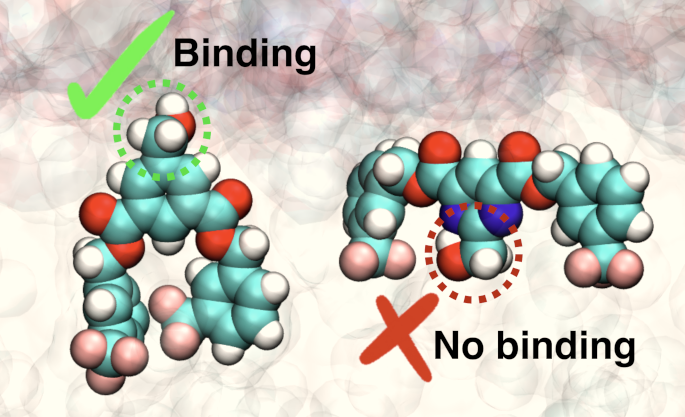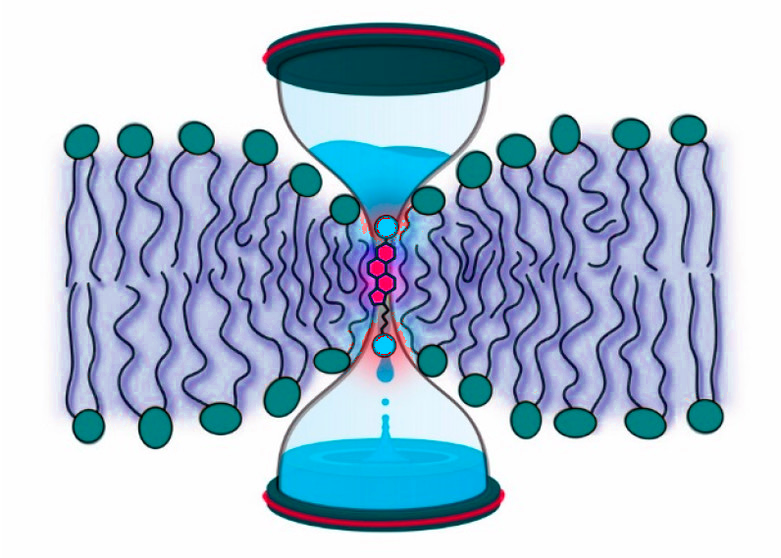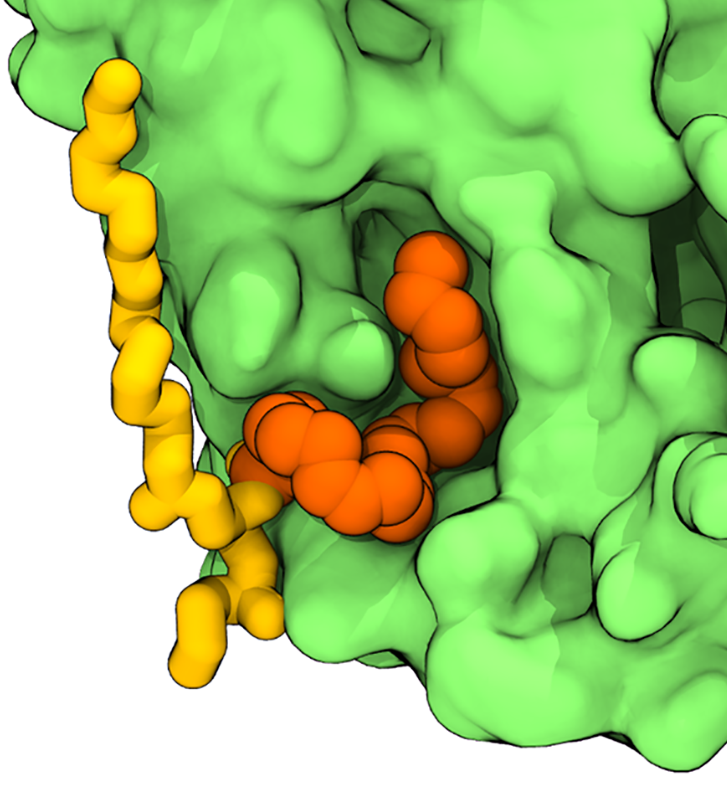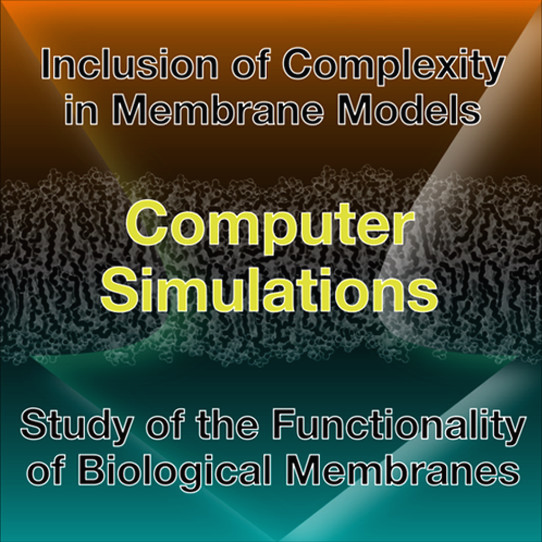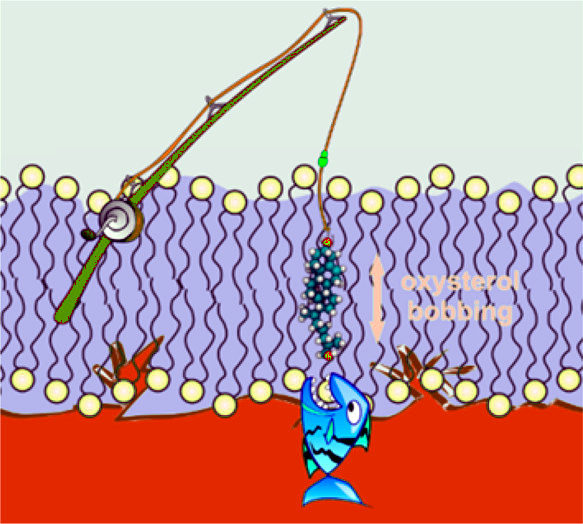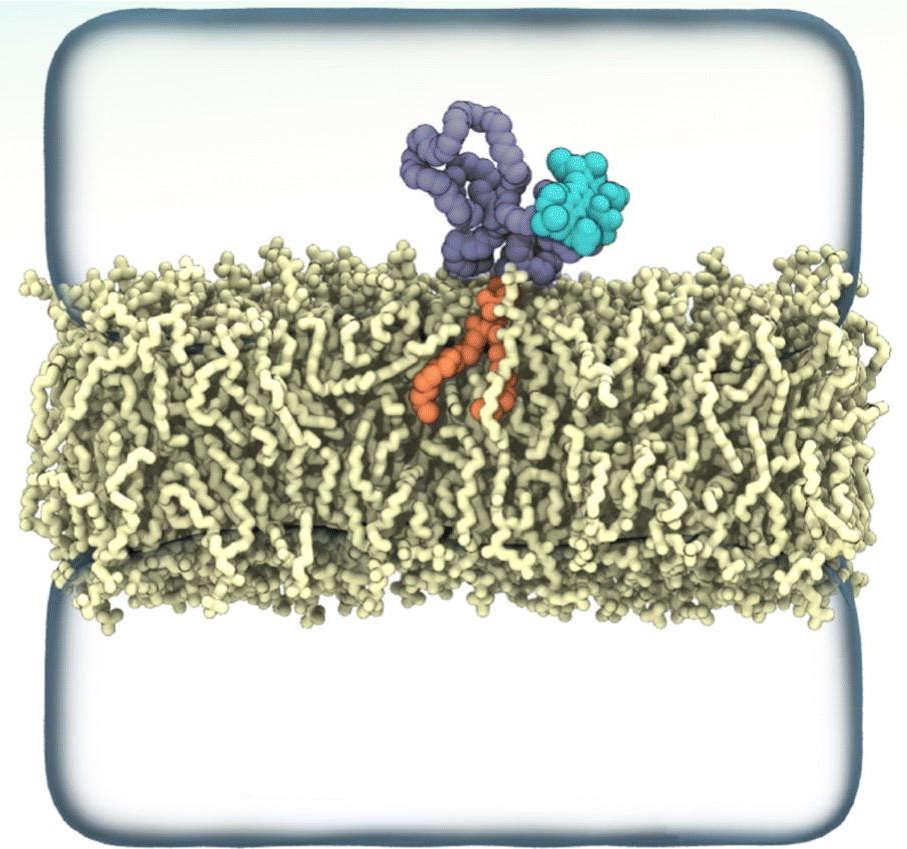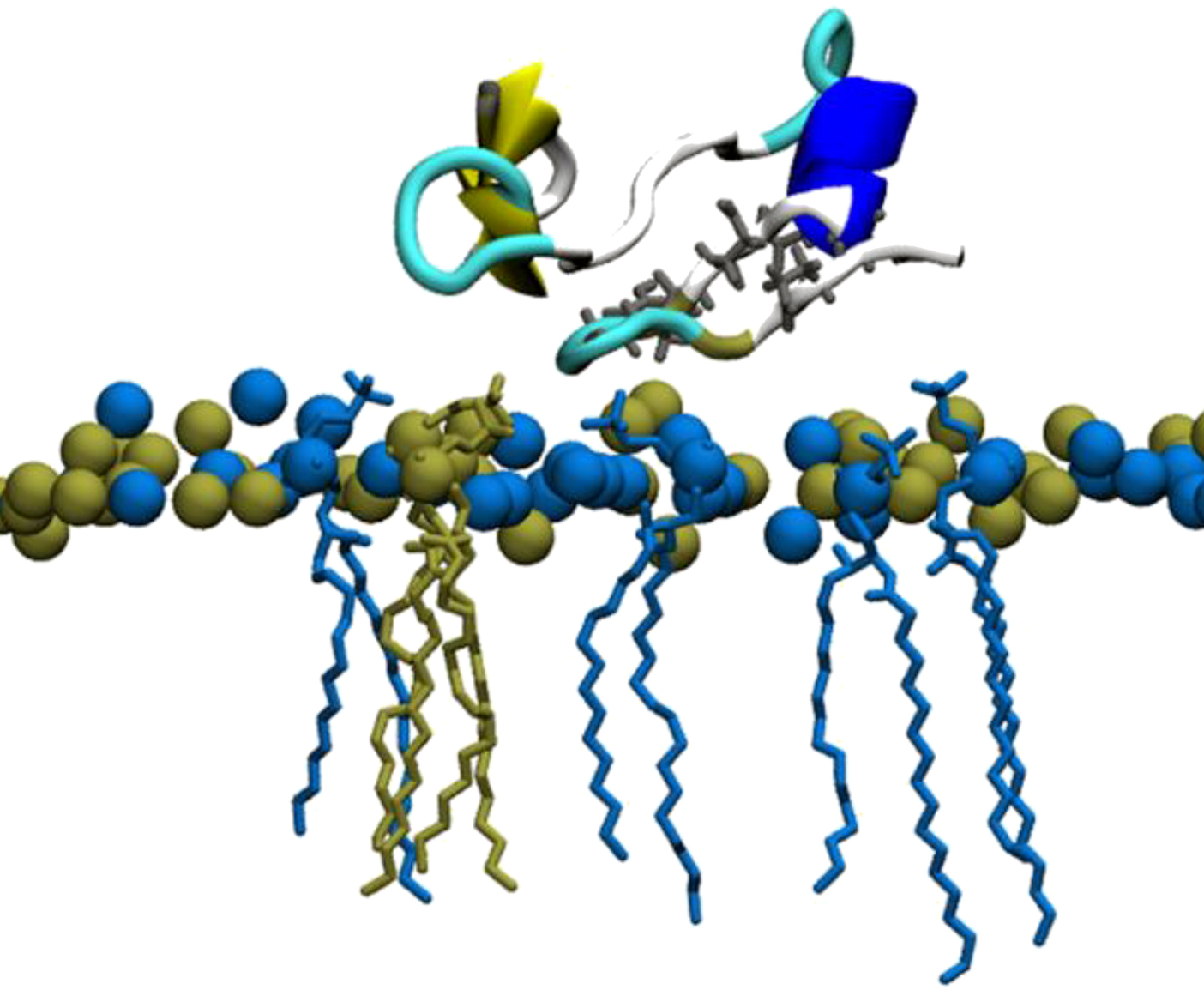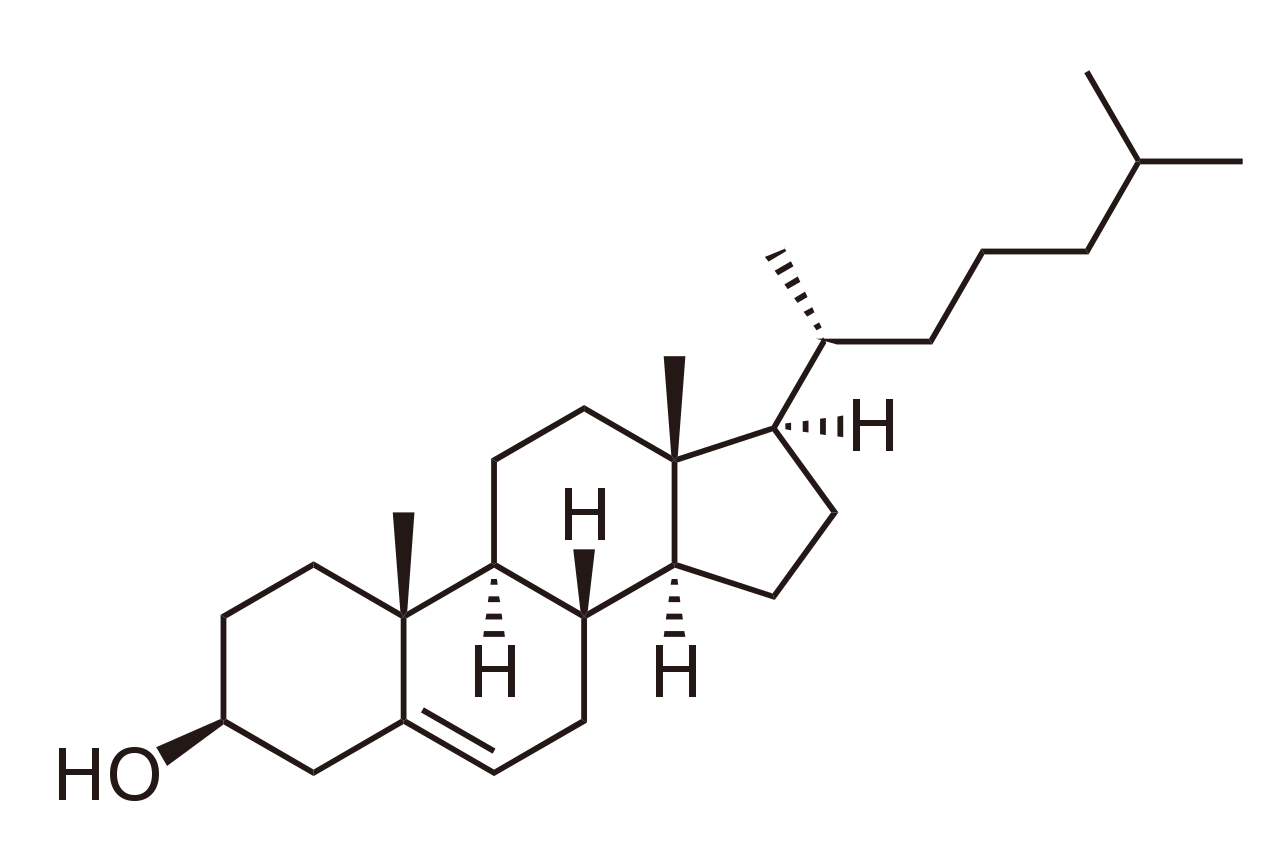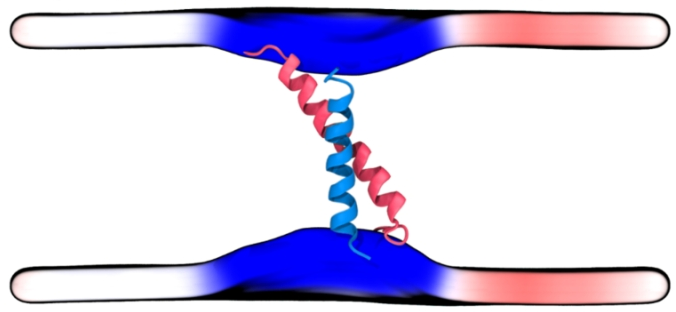Sonochemical Formation of Fluorouracil Nanoparticles: Toward Controlled Drug Delivery from Polymeric Surfaces
ACS Applied Nano Materials, 6 (2023) 4271–4278
The biomaterial surface can be essentially upgraded with the therapeutic function by the introduction of controlled, local elution of biologically active molecules. The use of ultrasonic-assisted formation of nanoparticles with controlled size and morphology can be readily utilized for such functionalization. In this study, the synthesis route for the generation of nanoparticles of fluorouracil, the bioactive molecule used in anticancer therapy, was reported. The tandem of experimental (TEM, NTA, ATR-IR) and computational (MD simulations) approaches allowed us to obtain a molecular-level picture of the cavitation bubble interface where the enrichment of fluorouracil molecules takes place. Here, we revealed that the bubble interface plays a key role in the prearrangement of drug and solvent molecules, initiating the formation of nanoparticles’ seeds.

